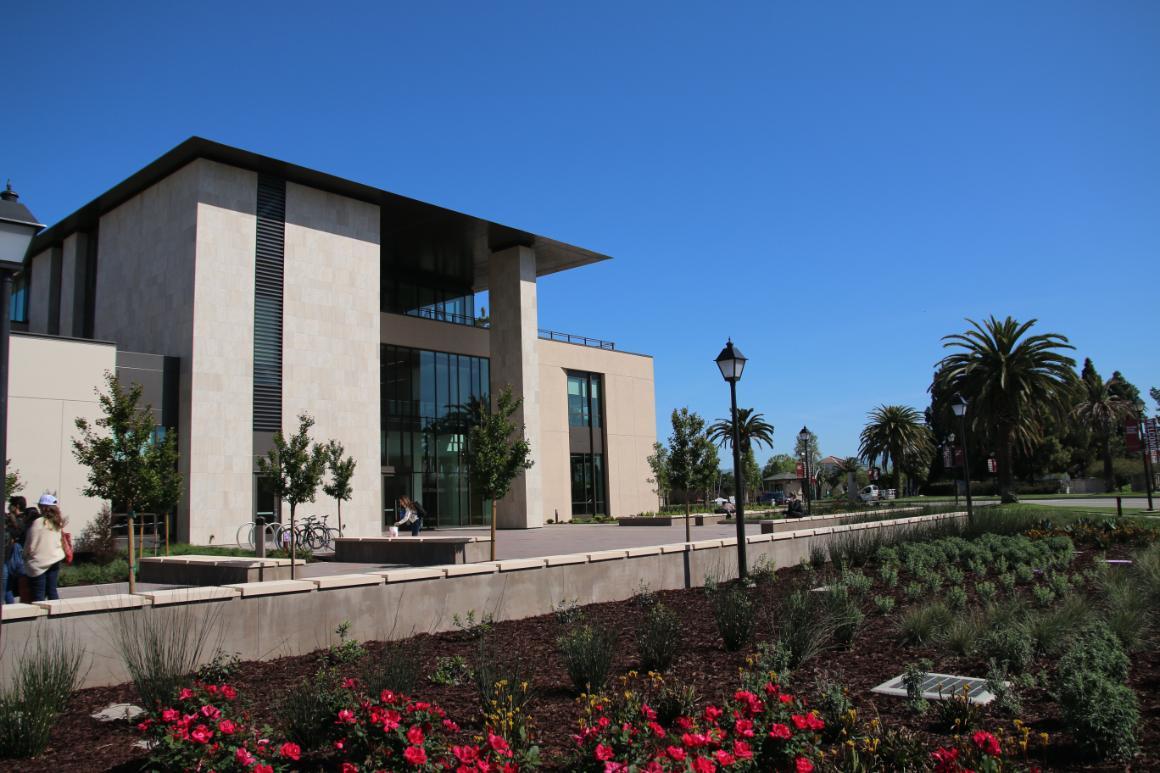Energy Efficiency
- All building lighting is dual switched (allowing two light levels) and common areas are on light level sensors which dim the lighting levels based on the amount of natural light available. On a sunny day the common area lights will be on a very low setting thereby saving energy.
- Motion sensors are installed in offices, breakout rooms, work rooms, and conference rooms. They help turn off lights when rooms are not in use
- All Heating, Ventilation, and Air Conditioning (HVAC) motors have Variable Frequency Drives and are optimally operated (strategies like optimal start, supply-air-temperature reset, and ventilation optimization), reducing HVAC energy use by 15% to 30%.
- The low nitrous oxide boiler emits less carbon monoxide and is 10% more energy efficient than a conventional boiler.
- “Low-e glass” windows reduce heat energy from the sun without reducing light.
Water Conservation and Filtration
- The building’s landscaping is irrigated with reclaimed water.
- Water runoff from the building is diverted to planting areas to increase the infiltration rate and reduce the impact of storm water.
Sustainable Design
- Charney Hall is located within 1/4 mile of Caltrain's Santa Clara Station and Santa Clara Valley Transportation Authority (VTA) bus stops. Public transportation is essential to a healthy environment as it reduces congestion, saves gas, and helps to reduce our carbon footprint.
- All paints and adhesives have low levels of volatile organic compounds (VOC).
- All cabinet substrates are low VOC and formaldehyde free.
Waste Reduction
- Charney Hall is equipped with standard University recycling, waste, and composting bins. Student work areas have ample recycling and composting capabilities, and students using the building are strongly encouraged to divert their waste from the landfill.
- SCU collects plastics #1-7, paper, aluminum, glass, and tin in “recycle” containers, food waste and biodegradable containers in “compost” containers, and whatever else remains in containers labeled “landfill waste”.
